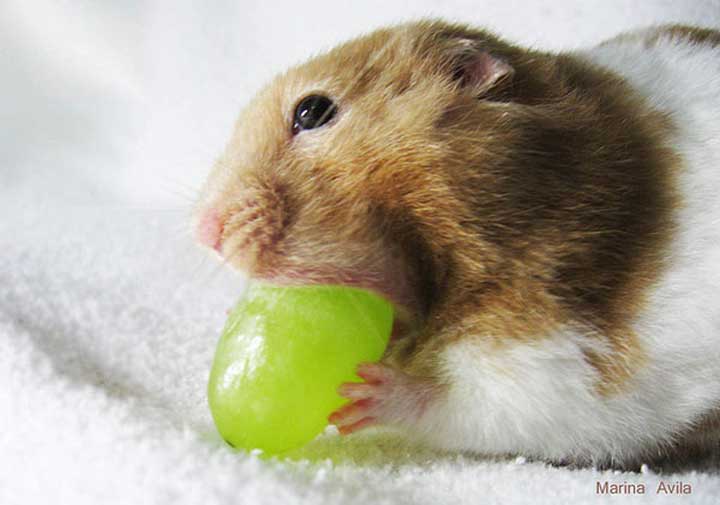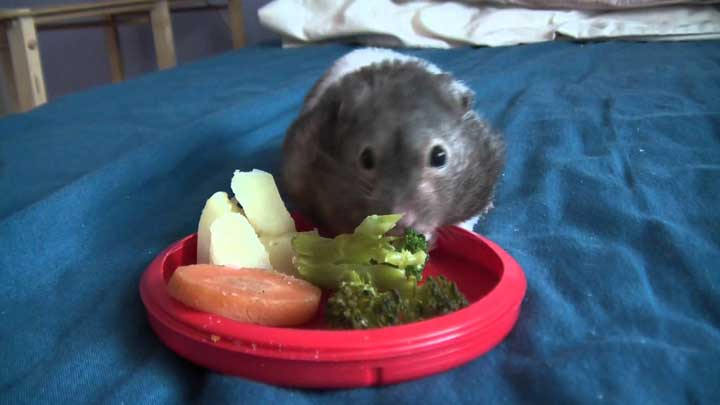Health
Here’s A Dietary Guide To Feeding Your Pet Hamster
Hamsters are a popular first pet of choice for many families; they require less space and attention than a larger pet such as a dog or cat. Nevertheless, there are specific care guidelines specific to hamsters that an owner should know about.
A Hamster’s Dietary Needs
One of the most important areas that a hamster’s owner should be knowledgeable about is its diet; after all, diet shapes the hamster’s lifespan, health and energy levels.
When determining what an animal should eat, experts agree that household pets’ diets should be as close as possible to what the animal would eat in the wild. In the wild, hamsters are nocturnal omnivores – they feed on nuts, fruits, seeds, grains as well as small insects. While commercial hamster foods do incorporate many of these elements in pellets and wet feed some pet owners prefer giving their animals homemade food to reduce the intake of preservatives, chemicals and other unknown and possibly hazardous additives. If you’re looking to maintain your hamster on a home cooked diet, or supplement a store bought diet with fresh fruits and vegetable, here are some tips.
Fruits
Rinse fruits in warm water, remove their seeds and allow them to sit at room temperature for a few minutes before feeding them to your hamster. Fruits that you can feed your hamster include apples, bananas, cherries, lychees, mangoes, strawberries and grapes.
Steer clear of oranges, tangerines, watermelon, limes and lemons; these fruits have high water content and can cause diarrhoea.
Vegetables
Hamsters can eat a wide range of vegetables including asparagus, bean sprouts, bok choy, broccoli, kale, peas, cucumbers, spinach, sweet potatoes, green peas and carrots. Lightly boil these vegetables until soft and feed them to your hamster once a day. Avoid feeding your hamster tomato leaves, eggplants, leeks, onions, garlic and chives.
Proteins
Since hamsters are omnivorous, you do need to include some form of proteins in their diet. However, some argue that meat makes the hamsters lean towards cannibalism. If you have more than one hamster (not advised generally because they are solitary animals), monitor their behaviour carefully if you change the kind of proteins you are feeding them.
You can feed your hamster cooked ground beef, cooked chicken, eggs, yogurt, plain tofu, cottage cheese as well as grasshoppers, mealworms, crickets which can be purchased at a pet store.
Additional Foods
You can also include all nuts, aside from almonds, pumpkin seeds, sesame seeds, flax seeds, sugarless cereals and cooked whole wheat rice in your hamster’s daily feed. These help regularise bowel movements.
Talking Quantities
So now that you know what to feed your hamster, how much is enough? How much is too much? Most vets suggest feeding it two tablespoons of food per day; once in the evening, which will give them energy to conduct nocturnal activities and once in the morning, which they will snack on through the day.
Place the feed in a shallow, ceramic (as it’s more durable than plastic) dish in the same place each day.
Feeding your hamster appropriately and adequately will go a long way in sustaining his overall health. Use these guidelines along with a consultation with your vet to chart out an optimum diet plan for your hamster.
























